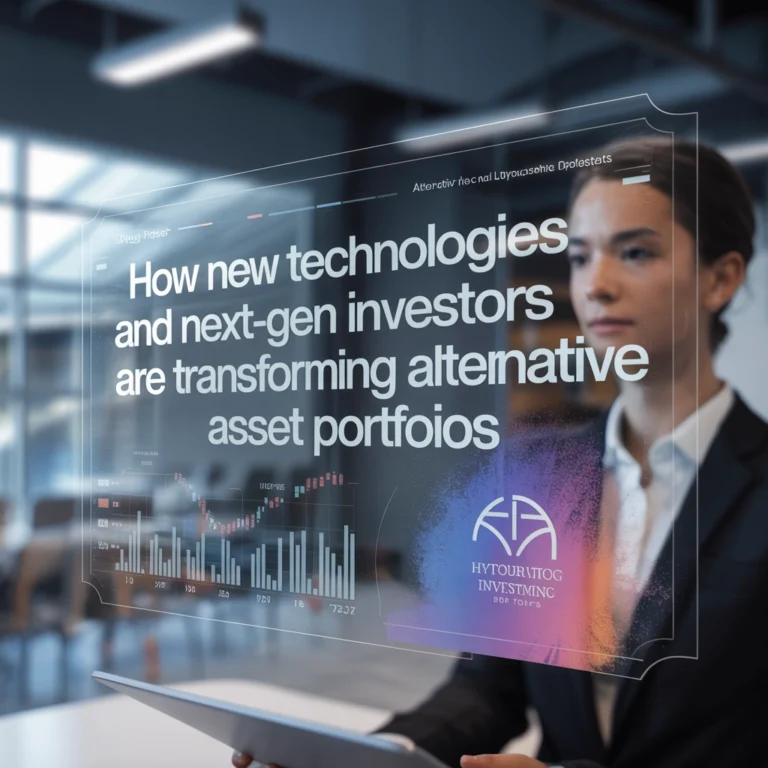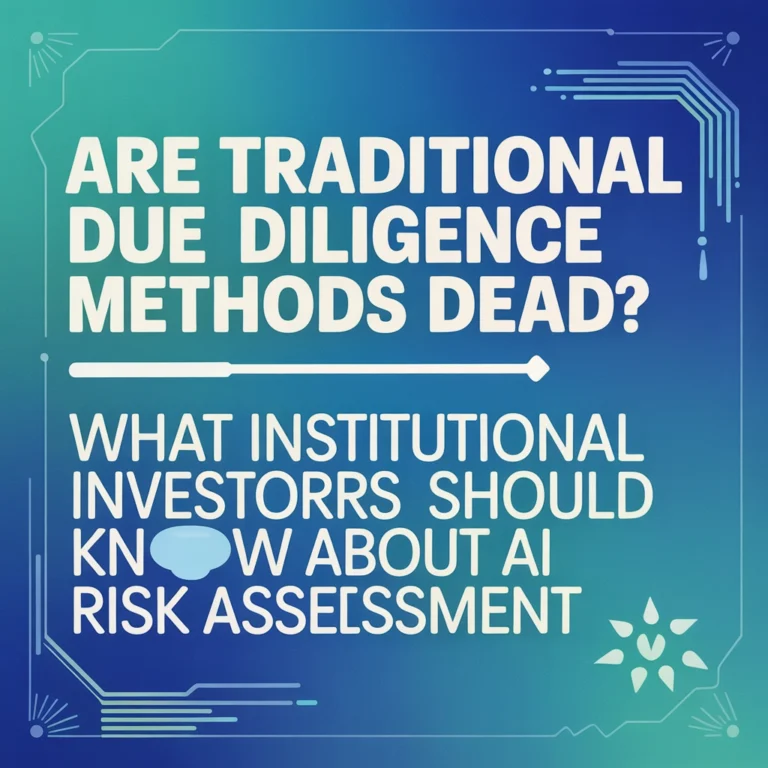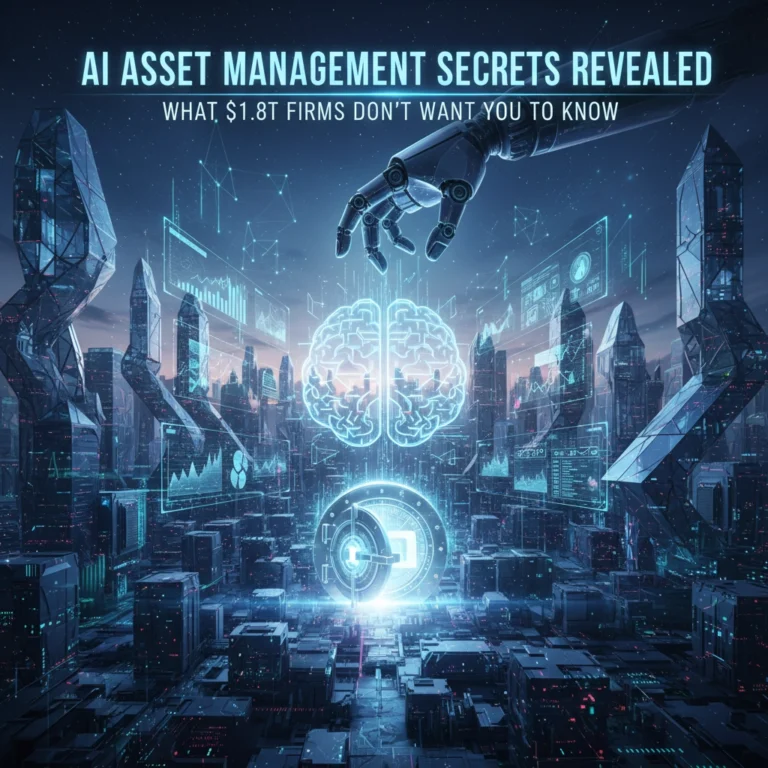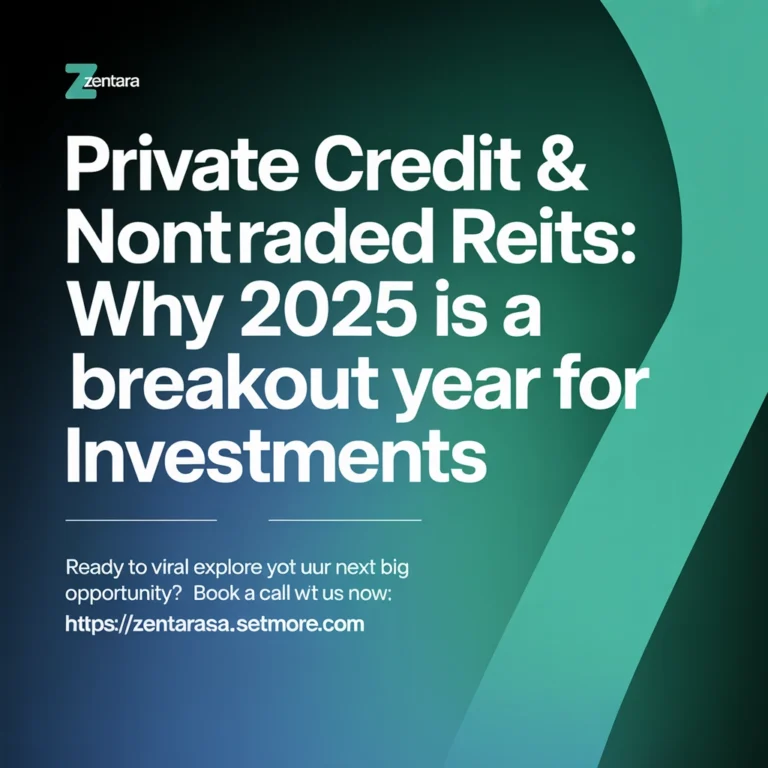The Convergence Secrets Revealed: What Traditional Asset Managers Don't Want You to Know

The asset management world is experiencing its biggest shake-up in decades, and if you're still thinking in terms of "traditional" versus "alternative" managers, you're already behind the curve. The walls between these two worlds are crumbling fast, and the firms that understand what's really happening are quietly positioning themselves to capture the biggest wealth transfer opportunity in history.
Here's what the established players don't want you to realize: this convergence isn't just about market trends: it's about survival.
The Valuation Reality Check Nobody Talks About
Let's start with the numbers that keep traditional asset management CEOs up at night. Alternative asset managers are trading at multiples that make traditional managers look like discount stocks. We're talking about valuation gaps so wide that acquiring the capabilities you need to compete has become prohibitively expensive for most traditional firms.
The math is brutal. While traditional asset managers have watched fees compress for three straight decades: thanks to index funds, ETFs, and increasing commoditization: alternative managers have maintained premium pricing in private markets. The result? A revenue growth differential that's created two entirely different species of financial firms.
This isn't just an academic exercise. When traditional managers try to buy their way into alternatives now, they're paying "really, really rich multiples" for assets that were available at reasonable prices just a few years ago. The window for cheap acquisitions is closing fast.

The Client Revolution You Didn't See Coming
Here's where it gets interesting. Your clients: whether they're family offices, institutional investors, or high-net-worth individuals: have fundamentally changed what they expect from you. They don't want separate relationships with their "stock guy" and their "private equity guy" anymore. They want integrated solutions that blend public and private exposures in a single, coherent strategy.
Insurance companies are pushing deeper into private markets than ever before. Pension funds are demanding more sophisticated alternatives access. And wealthy individuals? They're no longer content with being locked out of the institutional-only alternative investments that have been driving superior returns for years.
The old model: where traditional managers focused on retail mutual funds while alternative managers courted institutions with complex drawdown funds: is dead. About 52% of hedge funds and 46% of traditional managers have already taken steps toward convergence, and that percentage is accelerating rapidly.
The Capabilities Gap That's Reshaping Everything
Here's the secret sauce that's driving all the M&A activity and strategic partnerships you've been reading about: each type of manager has exactly what the other desperately needs.
Alternative managers have cracked the code on generating alpha in illiquid asset classes. They've built sophisticated deal sourcing networks, developed expertise in complex valuations, and mastered the art of active ownership in private companies. But they're terrible at distribution and product packaging for broader markets.
Traditional managers, meanwhile, have the distribution pipes and product infrastructure that alternative managers would kill for. They understand regulatory requirements, have relationships with wealth advisors, and know how to create products that can scale to billions in assets.
Very few firms have successfully built both sides organically. That's why everyone's rushing to partner, acquire, or be acquired. The firms that crack this puzzle first will dominate the next decade of wealth management.

The Democratization Wave That Changes Everything
The most transformative aspect of this convergence is something most investors don't fully appreciate yet: the democratization of private markets. What started as ultra-high-net-worth access through closed-end vehicles has now expanded to accredited investors through semi-liquid funds, and it's rapidly moving toward mass affluent investors through public-private hybrid products.
The next frontier is defined contribution plans. Recent policy changes in the United States have opened the door for 401(k) plans to incorporate private markets through innovative target-date fund structures and in-plan annuities. We're talking about trillions of dollars in retirement assets that could potentially access alternative investments for the first time.
This isn't just a regulatory change: it's a complete reimagining of who gets access to the investment strategies that have historically driven superior long-term returns.
The Partnership Playbook Everyone's Copying
If you've been watching the headlines, you've seen the partnerships: T. Rowe Price with Goldman Sachs, Blackstone with Vanguard and Wellington, BlackRock with Partners Group, Apollo with State Street, Capital Group with KKR. These aren't random hookups: they follow a very specific pattern.
Traditional asset managers lacking specific investment capabilities are partnering with scaled specialists who can manufacture and productize evergreen alternatives products but lack expansive distribution reach. It's a perfect match, except for one problem: there aren't enough quality alternative managers to go around, and the good ones are getting increasingly expensive.
The firms that move first get the best partners. The firms that wait get whatever's left, often at premium prices.

The AI Factor That's Accelerating Everything
Here's where things get really interesting for 2025 and beyond. Artificial intelligence isn't just changing how we analyze investments: it's fundamentally altering the economics of convergence. AI-powered platforms can now handle much of the complex operational work that previously required armies of analysts and portfolio managers.
Smart firms are using AI to bridge the capabilities gap more efficiently than ever before. Instead of hiring hundreds of private equity professionals, they're building AI systems that can screen deals, analyze cash flows, and even monitor portfolio companies at scale. This dramatically reduces the cost and complexity of entering alternative markets.
At the same time, AI is making it easier to create sophisticated public-private hybrid products that would have been impossible to manage manually. Real-time risk monitoring, dynamic allocation adjustments, and personalized exposure management are all becoming standard capabilities rather than competitive advantages.
The Transparency Revolution Nobody Saw Coming
The financial crisis changed everything about how alternative managers operate, though most investors haven't fully grasped the implications yet. The old "black box" model of hedge fund management became unacceptable overnight. Investors now demand transparency down to individual holdings, regular meetings with auditors and prime brokers, and detailed operational disclosure.
This transparency revolution has actually accelerated convergence. When alternative strategies become more transparent and accessible, they become more suitable for traditional investment products. When traditional managers gain comfort with alternatives operations, they become more willing to integrate these strategies into their core offerings.
What This Means for Your Portfolio Strategy
So what does all this mean for how you should be thinking about your investment approach in 2025? First, stop thinking in terms of separate "buckets" for traditional and alternative investments. The most sophisticated investors are already building integrated portfolios that seamlessly blend public and private exposures based on opportunity sets rather than asset class labels.
Second, pay attention to which firms are successfully navigating this convergence. The winners will be those that combine authentic alternatives capabilities with broad distribution reach and sophisticated technology platforms. These hybrid models will likely dominate the wealth management landscape over the next decade.
Finally, recognize that this convergence is creating opportunities for investors who understand what's happening. As traditional and alternative strategies blend together, new inefficiencies and arbitrage opportunities are emerging for those positioned to capture them.
The convergence of traditional and alternative asset management isn't just a trend: it's a fundamental restructuring of how wealth gets managed and grown. The firms and investors who understand this shift and position themselves accordingly will benefit from one of the largest wealth creation opportunities in modern finance.
The question isn't whether this convergence will continue: it's whether you'll be positioned to benefit from it when it accelerates even further in the years ahead.






